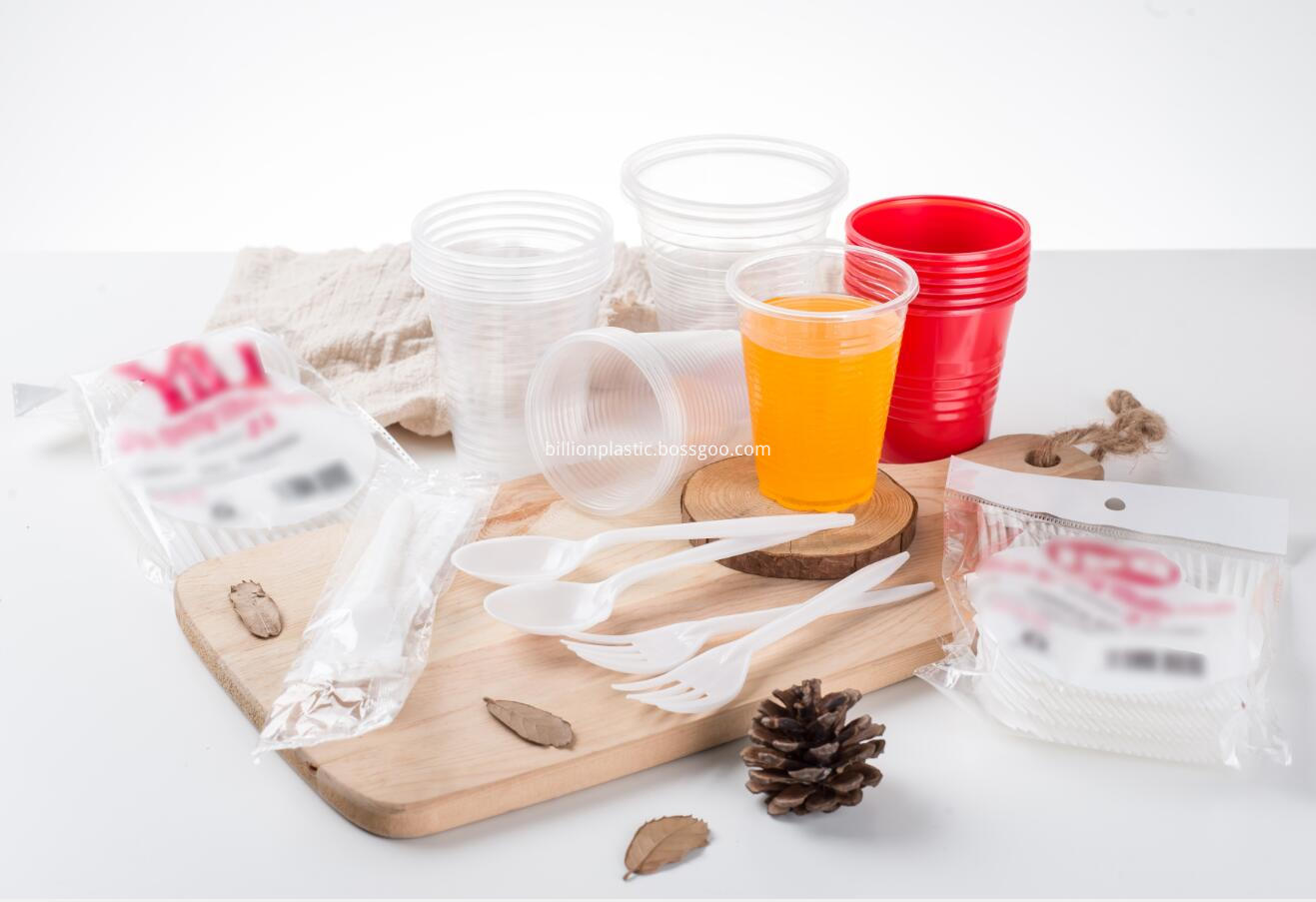Leveraging 3D printing technology Schneider Electric "Future Factory" envisaged or come true
While different businesses and individuals may have different concepts of what a "future factory" looks like, more and more manufacturers' adoption of additive manufacturing equipment shows that many in the industry are seeing digital manufacturing as a vision for a "future factory." Indispensable part. Leveraging 3D printing technology Schneider Electric "Future Factory" envisaged or come true Schneider Electric is a French multinational corporation engaged in distribution, automation and energy management. It is understood that the company has introduced Stratasys 3D printing equipment into its own manufacturing process and believes that this can achieve its short-term and long-term efficiency goals. While different businesses and individuals may have different concepts of what a "future factory" looks like, more and more manufacturers' adoption of additive manufacturing equipment shows that many in the industry are seeing digital manufacturing as a vision for a "future factory." Indispensable part. Using 3D printing solutions based on Stratasys PolyJet and FDM, Schneider now uses 3D printing to develop products, prototypes and industrialize a variety of applications, including injection molding and assembly line tooling. All of these are managed by Schneider's internal model shop Openlab. For many years Schneider has been using Stratasys' 3D printing equipment at its Grenoble factory to make prototypes. Now, they plan to increase the use of 3D printing technology. For them, this year is an unusually busy year with many new products coming out. By using 3D printers, Schneider saves up to 90% of the time and money and will continue to utilize this efficiency for the next 12 months. "This year, Schneider will introduce about 400 new solutions," said Sylvain Gire, vice president of Industrial Transformation at Schneider Electric GSC. "So adopting the technology that will help us reduce our time-to-market is crucial." According to Gire, the cost of producing injection mold inserts for prototypes from 3D printers instead of traditional aluminum machining methods has reduced the cost from 1000 euros to 100 euros. Even more exciting is that up to two months before the production time due to the use of Stratasys3D printing equipment was shortened to one week. Savings of 90% in cost and time make Schneider believe that in the future, the plant is definitely related to additive manufacturing. Schneider Electric Mechanical Design and Engineering also makes use of additive manufacturing technology. The division is responsible for assembling adjustment tools for production, control and various Schneider products and uses 3D printing technology to produce prototype fixtures that can be used to verify ergonomics and final assembly tool functionality. These new prototype manufacturing materials combine FDM-based materials (including thermoplastic polycarbonates) and PolyJet materials (such as high-precision digital ABS). "We are increasingly using 3D printing technology to design and validate assembly line tools, thus saving the production time of the final tool," said department manager YannSittarame. In the past, Sittarame's division relied heavily on CNC machines to produce prototypes of manufacturing tools for at least three weeks. Now, with Stratasys' Connex multi-material 3D printing technology, the department can prototype in as little as a week, saving about 70% of the time. Excitingly, Sittarame speculates that 3D printers may soon be used to make end-use parts as well. "3D printing has changed the way we work," he said, "Looking to the future, we plan on the ultimate 3D printing tool, which is entirely achievable given the accuracy and durability of our 3D printing process." "Schneider Electric's innovative use of 3D printing and its emphasis on its strategy as a future plant project epitomizes their leadership in global energy management." Andy Maddle, President of StratasysEMEA (Europe, Middle East and Africa) commented, "By adopting Working with blue-chip companies like Schneider Electric, Stratasys can demonstrate the strategic value of additive manufacturing and help businesses optimize their supply chain efficiency so they can bring better products to the market faster. "
PP cutlery is perfect for fast paced food, on the go meals, dinner party,wedding ceremonies, birthday parties, restaurants, hotels or snacks. Our products cover PP cups, PP Spoon, PP Fork and PP knife. The raw material is food grade PP, which is clean and hygienic. And the products are with smooth surface and impeccable in looks with classy design, they could be loose packing or individual packing with your LOGO or design printings.
PP Spoon,PP Fork,PP Cup,Napkin Spoon,Plastic Cutlery,Plastic Utensils BILLION PLASTIC MANUFACTURING CO.,LTD, JIANGMEN , https://www.billion-plastics.com
